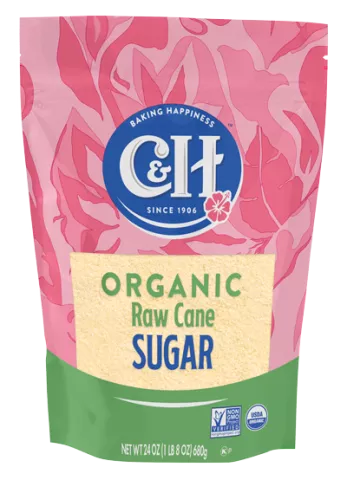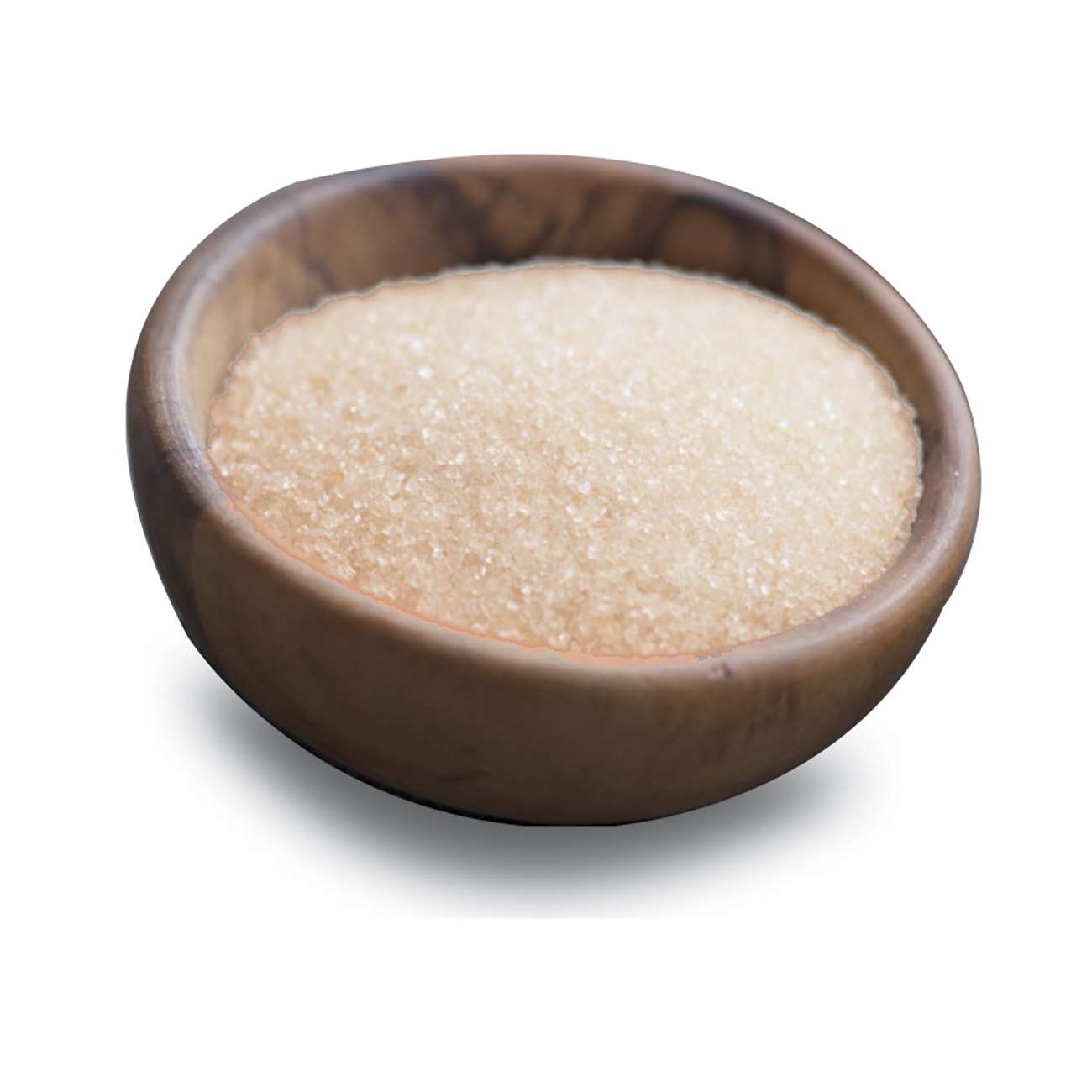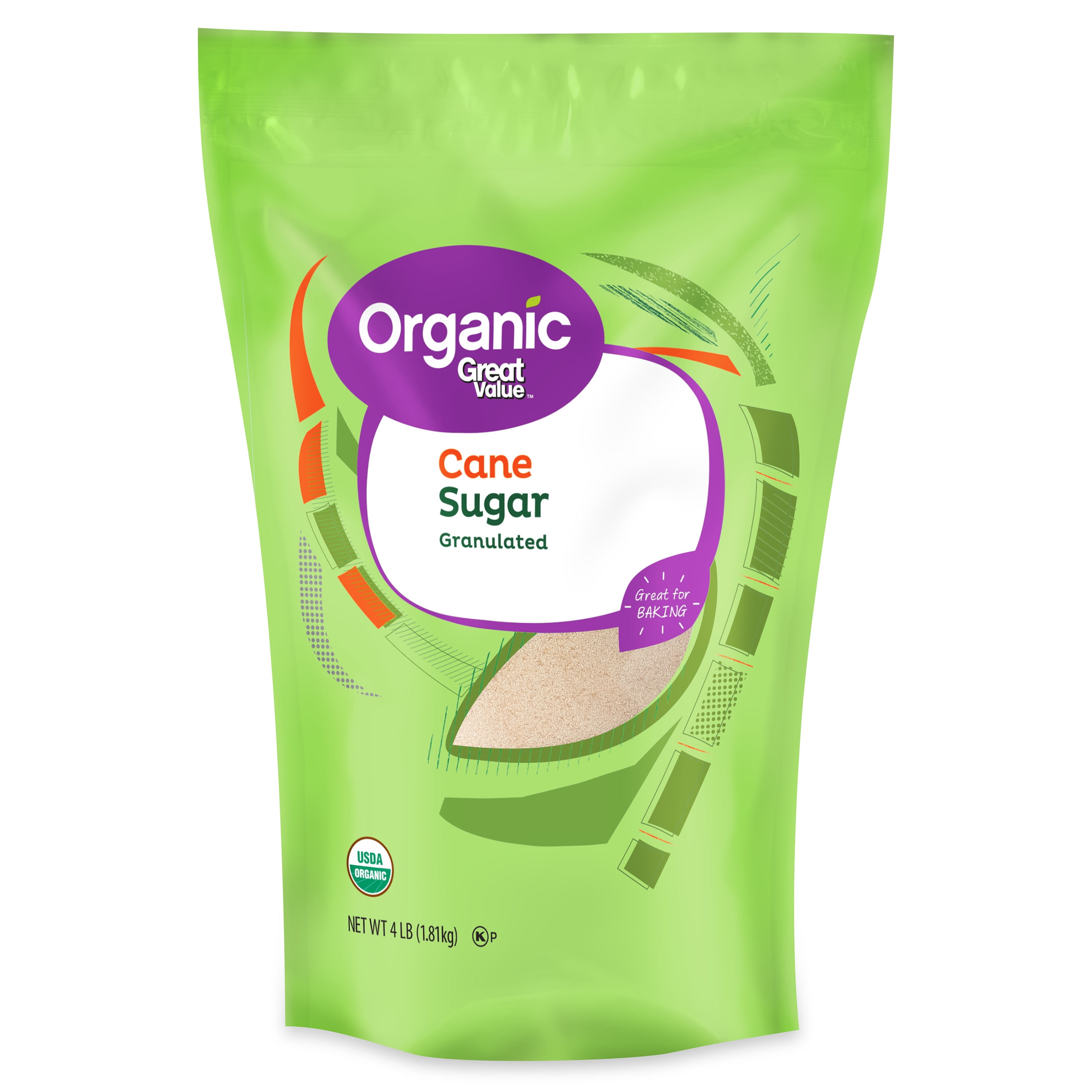Cane Sugar Processing: From Field to Table-- A Step-by-Step Overview
Cane Sugar Processing: From Field to Table-- A Step-by-Step Overview
Blog Article
Checking Out the Comprehensive Tips Associated With Walking Stick Sugar Processing From Collecting to Improvement
The procedure of walking stick sugar manufacturing encompasses a series of detailed actions, beginning with the cautious harvesting of sugarcane and finishing in the improvement stages that ensure the end product fulfills market standards. Each stage, from the extraction of juice to the purification and crystallization procedures, plays a vital function in establishing the quality and character of the sugar. Understanding these stages not just highlights the complexity of sugar production yet also elevates important concerns concerning efficiency, sustainability, and development in the industry. What effects do these variables have for future methods?
Harvesting Sugarcane
Collecting sugarcane is a vital action in the cane sugar handling chain, as it straight affects the quality and yield of the final item. Correct timing and strategies are important during this stage to make certain optimal sugar web content and decrease losses. Typically, sugarcane is gathered when it reaches maturity, usually 12 to 18 months after planting, characterized by a high sucrose focus.

Post-harvest, the sugarcane needs to be processed quickly to protect against sucrose destruction. Preferably, gathered walking stick ought to be transported to refining centers within 24 hr to protect sugar high quality. As a result, reliable logistical planning is important to maintain the honesty of the gathered plant throughout the supply chain.
Extraction Refine

The smashed walking stick undergoes a collection of pushing procedures to take full advantage of juice recuperation. Normally, warm water is sprayed onto the crushed walking cane, creating a countercurrent circulation that helps dissolve the sugar while additionally aiding in the removal procedure. The juice collected from this procedure includes not only sugar but likewise different organic compounds and contaminations.

To enhance extraction performance, some centers might employ diffusion approaches, where the sugarcane is soaked in warm water, enabling the soluble sugars to diffuse into the fluid. The resulting juice, abundant in sucrose, is after that routed to subsequent handling stages, laying the foundation for filtration and refinement. The extraction procedure is thus crucial in establishing the quality and yield of the last sugar item.
Purification Methods
The purification strategies utilized in walking cane sugar handling are vital for transforming the raw juice into a high-grade sugar product. These approaches mainly intend to remove impurities, such as dirt, plant materials, and not natural materials, which can negatively affect the end product's taste and color.
This procedure involves including lime and heat to the raw juice, which promotes the coagulation of pollutants. In addition, the usage of phosphoric acid can boost the information procedure by additional binding contaminations.
An additional significant strategy is carbonatation, where co2 is introduced to the cleared up juice. This response generates calcium carbonate, which records remaining contaminations and promotes their removal.
Moreover, turned on carbon treatment might be related to adsorb any continuing to be colorants and natural pollutants, making certain a more refined product. The mix of these methods successfully prepares the sugar juice for subsequent action in the refining process, establishing the stage for the manufacturing of high-quality walking cane sugar.
Crystallization Techniques
After the purification phase, the next crucial action in cane sugar handling involves crystallization techniques, which play a critical duty in transforming the cleared up juice right into solid sugar. This procedure typically uses two key techniques: spontaneous formation and controlled crystallization.
In spontaneous click to investigate formation, supersaturated sugar services are permitted to cool down naturally, causing the formation of sugar crystals over time. This approach is easier but might cause uneven crystal sizes and reduced pureness degrees. On the other hand, regulated crystallization is a more exact method where temperature, seeding, and concentration representatives are carefully managed. This method enables the uniform development of sugar crystals and greater pureness.
Throughout formation, the made clear juice is concentrated with evaporation, increasing its sugar web content until it gets to supersaturation. Once this factor is attained, either technique can promote the crystallization procedure. Cane Sugar Processing. The resultant sugar crystals are after that divided from the continuing to be syrup through centrifugation
Inevitably, the choice of crystallization technique affects the high quality, dimension, and pureness of the last sugar product, making this action important in the total cane sugar handling procedure.
Refinement and Packaging
How can the pureness and high quality of cane sugar be additionally improved after crystallization? The improvement process plays an essential duty in accomplishing top quality walking stick sugar. Following formation, sugar undergoes a complete cleaning to remove contaminations and residual molasses. This is commonly accomplished utilizing warm water or vapor, which assists liquify and extract unwanted components while protecting the sugar crystals.
Following, the sugar is subjected to a process called centrifugation, where it is spun at high rates to separate the detoxified sugar crystals from the remaining fluid. After centrifugation, the sugar is often additional improved via a method called carbonization or phosphatation, which uses triggered carbon or phosphoric acid to remove color and off-flavors.
As soon as improved, the sugar is dried out to attain the desired dampness web content, making sure that it continues to be steady during storage and transport. The last action entails packaging the refined sugar in moisture-proof and impermeable containers to preserve its top quality and stop contamination. Cane Sugar Processing. Correct packaging not only expands service life however likewise facilitates easy handling and distribution, making sure that customers obtain sugar that meets the highest requirements of pureness and high quality
Conclusion
The comprehensive steps entailed in cane sugar handling, from the careful harvesting of sugarcane to the complex improvement and product packaging phases, highlight the significance of each phase in guaranteeing high-quality sugar production. Optimum harvesting methods, reliable removal approaches, and rigorous purification procedures collectively add to the final item's purity and stability. The crystallization and succeeding packaging practices better enhance the integrity and rack life of view it the sugar, highlighting the intricacy and precision fundamental in this important farming industry.
The process of walking stick sugar manufacturing encompasses a series of intricate steps, beginning with the careful harvesting of sugarcane and finishing in the improvement stages that guarantee the final product meets market requirements. Ideally, harvested cane should be moved to processing centers within 24 hours to maintain sugar high quality.In spontaneous formation, supersaturated sugar options are allowed to cool down naturally, leading to the development of sugar crystals over time - Cane Sugar Processing. The refinement procedure plays an essential duty in attaining premium walking stick sugar.The thorough actions involved in walking stick sugar handling, this from the careful harvesting of sugarcane to the detailed improvement and product packaging stages, underscore the importance of each stage in making certain top notch sugar production
Report this page